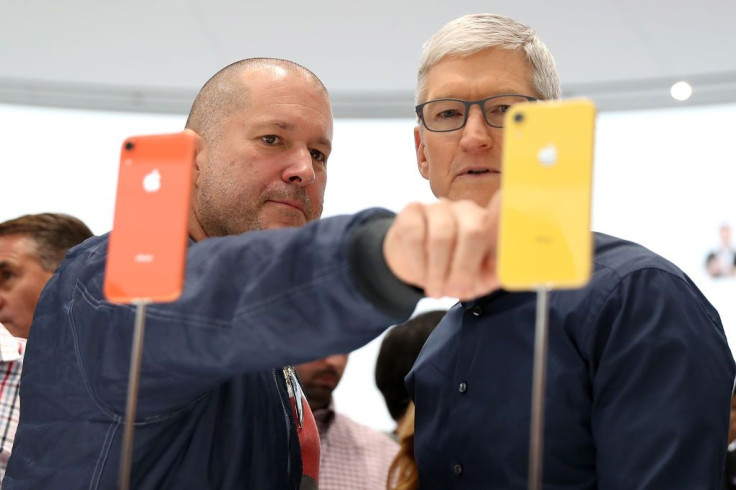Apple News: Tech Giant Plans To Bring Back A Lower-Cost iPhone To Boost Sales

This year has been a challenging time for Apple (NASDAQ:AAPL) investors. Sales of its flagship iPhone, particularly in China, hit a slump and weighed heavily on the company's results.
Numerous factors, including slowing economic growth in China and its ongoing trade war with the U.S. no doubt played a part in the results. Some believe, however, that part of the blame for the sales shortfall rests on Apple's aggressive pricing strategy and the decision to discontinue the iPhone SE -- the company's lower-cost option -- with the debut of the XS, XS Max, and XR models in September 2018.
The Cupertino company has apparently seen the error of its ways and is planning to reintroduce a relatively inexpensive version of the iPhone beginning next year.
The return of the SE?
Apple intends to launch a lower-cost iPhone in 2020 to combat declining sales and the loss of market share to rivals offering cheap handsets, according to a report in the Nikkei Asian Review. The move could not only help reverse the iPhone slump in China -- Apple's third-largest market -- but also help the company gain a stronger foothold in emerging market countries where consumer spending is often dictated by price sensitivity.
The iPhone maker plans to debut the device next spring, though a decision hasn't been made about the retail price or the designation of the upcoming model. This launch would come as sales of the newest devices -- which are expected to be unveiled at an event on Sept. 10 -- naturally begin to wane.
The move could significantly boost Apple's sales in what could be a pivotal year for the company. It's estimated that the original SE, which debuted in 2016, sold an estimated 30 million units in 2016, and an additional 10 million in the following two years, before being discontinued in 2018.
Falling sales a catalyst for the move?
Sales in Apple's fiscal first quarter fell 5% year over year, led by a 15% decline in iPhone sales. The second quarter suffered similar results, with revenue and iPhone sales down 5% and 17%, respectively. While revenue rebounded by 1% in the third quarter, iPhone sales were still down by 12%.
While economic and trade issues certainly played a role, some believe that the decision to discontinue the SE cost Apple key sales that were captured by the company's cut-rate rivals. Chinese smartphone maker Huawei boosted its sales by 31% year over year during the second quarter and increased its market share to 38%, according to market analyst firm Canalys.
Pulling various levers
Apple has struggled to come up with a solution for its slowing (and now-declining) iPhone sales. The company has been increasingly focused on other product categories, like wearables and services, to help take up the slack. Even as both segments have soared, they have big shoes to fill, as the iPhone sales still accounted for nearly 63% of Apple's revenue in fiscal 2018.
It's important to put Apple's predicament into the context of broader industry trends. Overall, global smartphone shipments are expected to drop by 1.9% year over year in 2019, according to market intelligence company IDC, marking the third consecutive year of market contraction.
Apple has long focused on the high end of the smartphone market, and it's doubtful the company will introduce a cut-rate iPhone to could go head-to-head with rivals. However, by releasing a model that's comparable to the SE it previously offered, it could help pick up some of the lost sales the company ceded to its less-pricey competition.
Danny Vena owns shares of Apple and has the following options: long January 2021 $190 calls on Apple and short January 2021 $195 calls on Apple. The Motley Fool owns shares of and recommends Apple. The Motley Fool has the following options: short January 2020 $155 calls on Apple, long January 2020 $150 calls on Apple, long January 2020 $150 calls on Apple, and short January 2020 $155 calls on Apple. The Motley Fool has a disclosure policy. This article originally appeared in the Motley Fool.





















